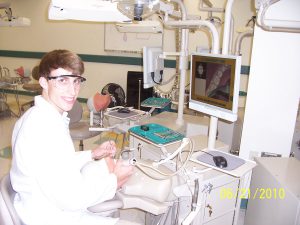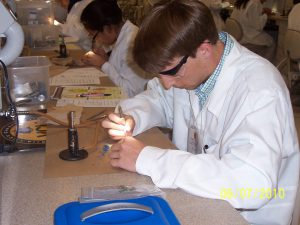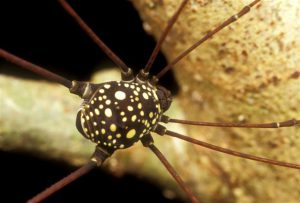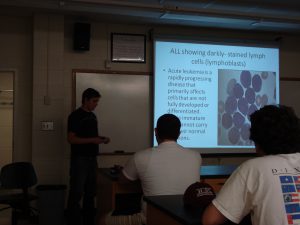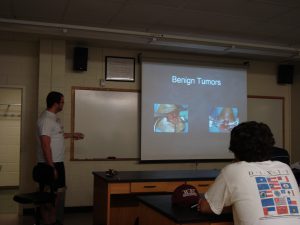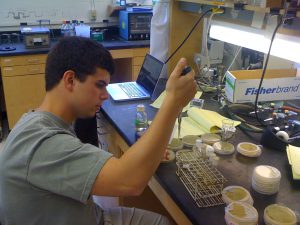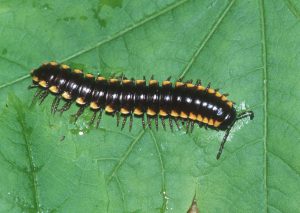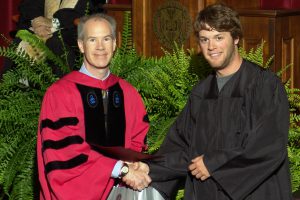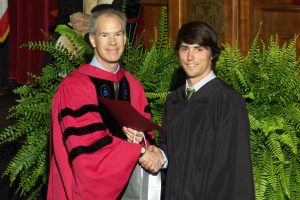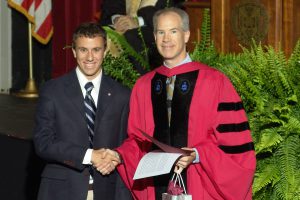We recently asked our majors to tell us about their summer research or internship experiences, and we quickly learned that our pre-dentistry students are busy gaining valuable experience in preparation for their lives after graduation.
Robbie Oliver ’11 tells us “I am at the RAMpS (Reaching Academic Success through Participation and Service) at Virginia Commonwealth University, which is strictly for Pre-Dental students. We are taking classes in Biochemistry as well as Microbiology. We have been also been receiving dental instruction, such as learning the numbering of teeth, the instruments, and even how to carve a tooth out of a block of wax. We are also doing some clinical observations as well as DAT review and admission’s instruction sessions.”
Meanwhile, Kirk Rohle ’12 sends along that… “This summer I am helping out at Marks Family Dentistry. I help out Dr. Norman Marks and Aaron Marks who are Hampden-Sydney alums. I get to assist and learn many different and new techniques that are being used today in the field of dentistry. I hope to get into a school of dentistry and become a dentist and open my own practice.”
We encourage our other majors to update us on their summer adventures!

